
How the comic format helps students practice and grow writing skills
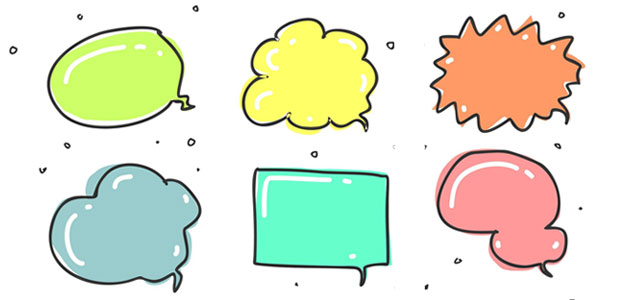
Comics are almost always associated, and maybe even synonymous, with fun. Even students who aren’t generally interested in reading can often be found perusing comics late into the night. As we search for ways to better connect with all of our learners, comics have become an acceptable format for texts used in school reading programs.
Brain-based teaching tells us that students learn by doing. Creating comics should be part of your writing curriculum as well.
Not only is writing in comic form a powerful motivator, it can help students improve their writing craft. The visual nature and limited space in comic panels helps students more effectively and concisely share their opinions and information.
The writer's craft are the elements authors use to effectively tell stories, share information, and argue opinions. Working with the visual nature and structure of comics can help emerging writers practice and build skills with these elements.

The 6+1 trait lens developed by the Northwest Regional Educational Laboratory (NCREL) in the 1980’s is a powerful way to organize the writing curriculum. Here’s how comics can help students build each of the traits identified in this model.
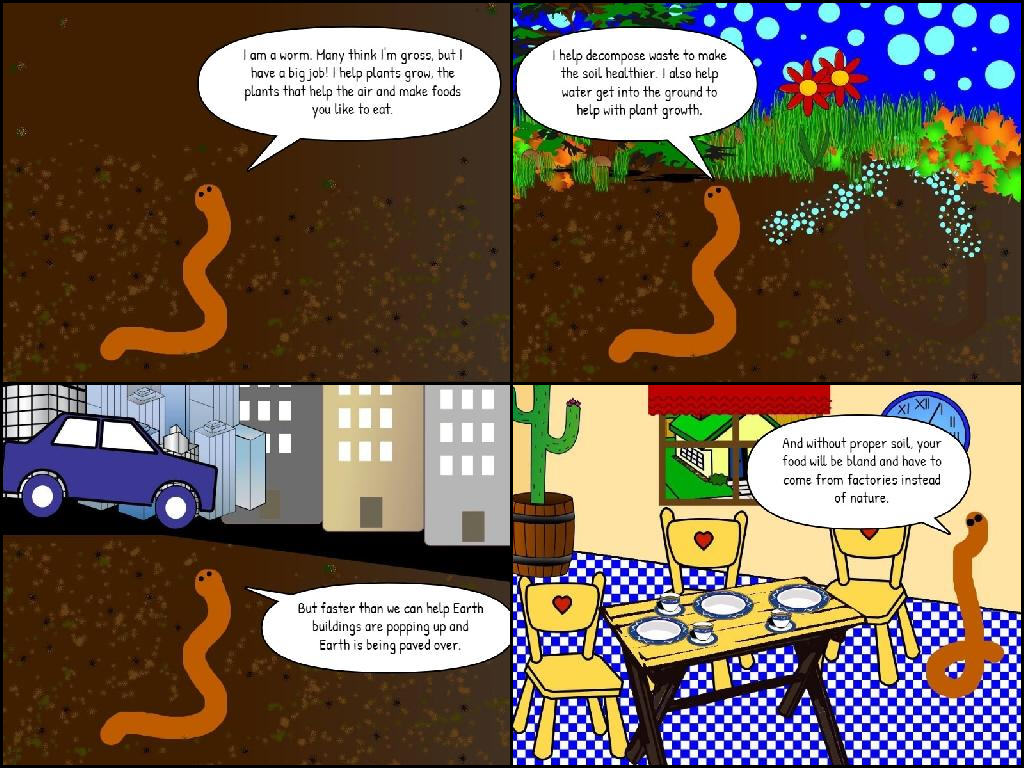
Telling original stories is an obvious approach to writing comics, but the comic format can be used to help students tell better stories, more effectively share information, and support their opinions.
Students can practice narrative writing by retelling stories they are reading. The act of summarizing and developing nonlinguistic representations, improves comprehension. Drawing characters better helps students see physical traits, while writing conversations assists them in better understanding character motivations.

Download a comic panels sheet to print.
Comics are a great way to approach writing fables. Fables are generally a student’s first introduction to personification. Seeing an animal with human features in the comic format makes it easier to visualize how they can have human-like behaviors. Seeing an object as an actor, or character, in a comic can help writers grow into personifying objects as well.
Create great digital stories with Wixie!
Students can also modernize fairy tales in comic form. The typical attributes of characters and plot devices in fairy tales provides an opportunity for emerging writers to use common tropes like more seasoned authors.
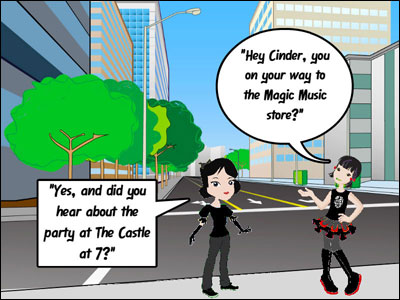
The comic genre’s traditional connection to superheroes makes it a perfect vehicle to explore the hero’s journey or the concept of what makes a hero. In addition to crafting stories about fictitious superheroes, students can write and design narrative comics that tell the story of community helpers and heroes as well.
While we often connect comics with super hero stories, informational comics have been around just as long. Stories are a powerful way to share information, helping the audience form an emotional connection as they experience information, not simply read about it. Giving students opportunities to “use a blend of [the] three text types to accomplish their purposes” provides a chance to develop more sophisticated writing skills.
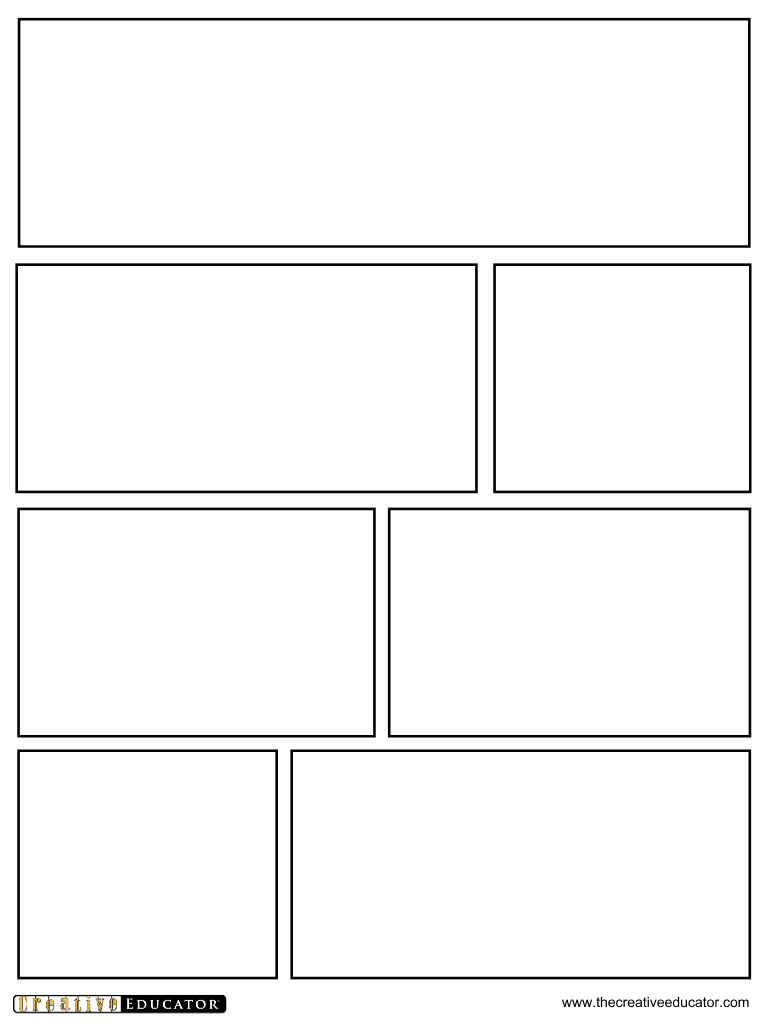
Download a comic panels sheet to print.
Comics are a natural platform for sharing information in story form. The use of characters in comics means students automatically share information from first-person perspective. This helps to avoid a simple copy and paste of content. As they carefully craft voice, word choice, and ideas to share information in the limited space of a comic, students connect more deeply to the content, improving comprehension.
The distinct panels in a comic can also help students more clearly organize the sequence of steps in a math procedure, scientific process or historical event. It makes writing the individual tasks of step-by-step directions easier since they are naturally divided by each panel.

Asking students to write informational comics that inform and raise awareness can also help further motivate students by tapping into their passions. Since the focus is on effective sharing of information, students can often take the lead in choosing the topic or issue they want to share.
Argument may seem a more difficult writing approach, but comics provide fantastic opportunities to build student skill. For example, start with a simple structured argument where the opinion is introduced in one panel and evidence and examples are shared in each subsequent panel. Use an OREO (Opinion-Reason-Example-Opinion) organizer to begin student thinking and then simply translate each layer into a comic panel.
The imaginary world of comics can provide a safe space for students to share feelings, explore issues, and express opinions. Comics are a fun format for social stories and anti-bullying campaigns as they showcase positive behaviors and scenarios about what to do and how to act.
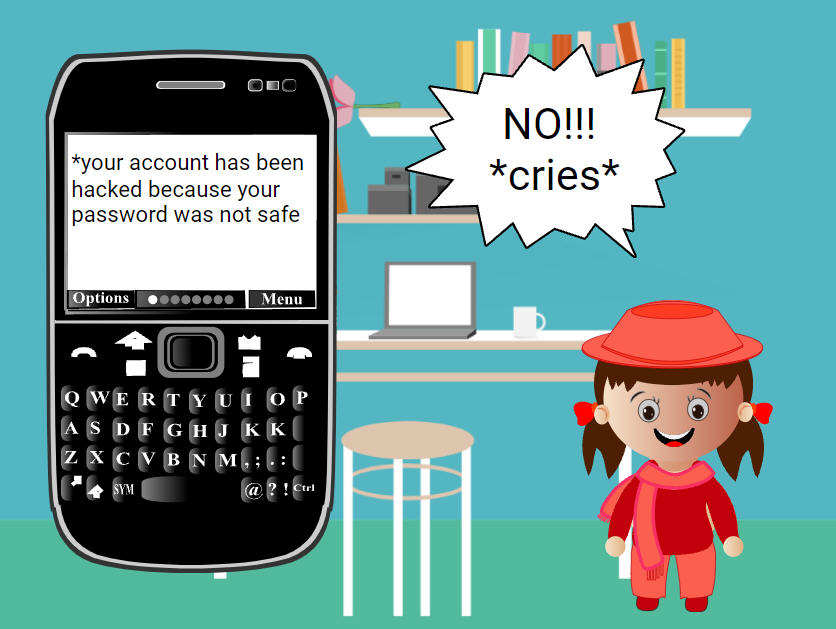
Many students don’t like to be told what to do. Ask them to craft a comic to relay safety information through a comic format. This is a great way to take a creating, not consuming approach to your digital citizenship curriculum as well as encourage persuasive writing to change behavior. For example, students can craft PSAs to encourage students to consider their actions for a safer Halloween.
Having students create comics for self-expression and communication provides powerful opportunities to improve writing craft, while doing academic work in a real-world, relevant format.

Follow us on Instagram for daily inspiration

Create a thought web, cluster, flowchart, or other graphic organizer for a lesson
Five ideas for creative classroom centers
Creative, digital book reviews
Fun and powerful ideas with animated characters

Wixie
Share your ideas, imagination, and understanding through writing, art, voice, and video.

Rubric Maker
Create custom rubrics for your classroom.

Pics4Learning
A curated, copyright-friendly image library that is safe and free for education.

Wriddle
Write, record, and illustrate a sentence.

Get creative classroom ideas delivered straight to your inbox once a month.
Topics